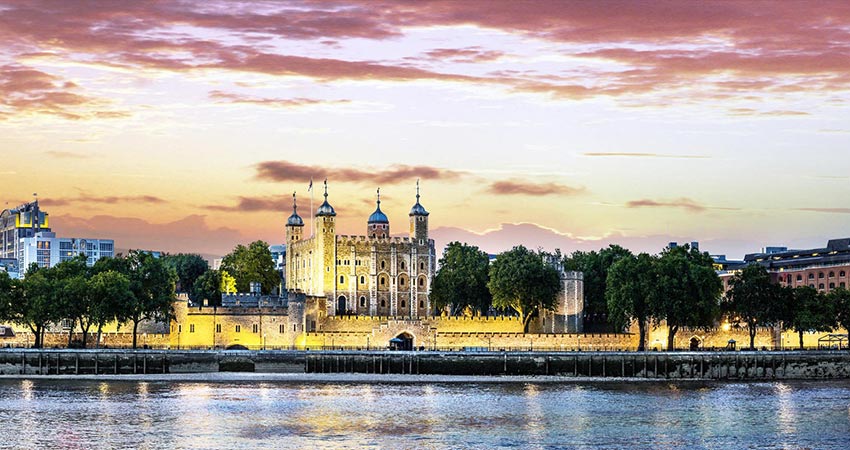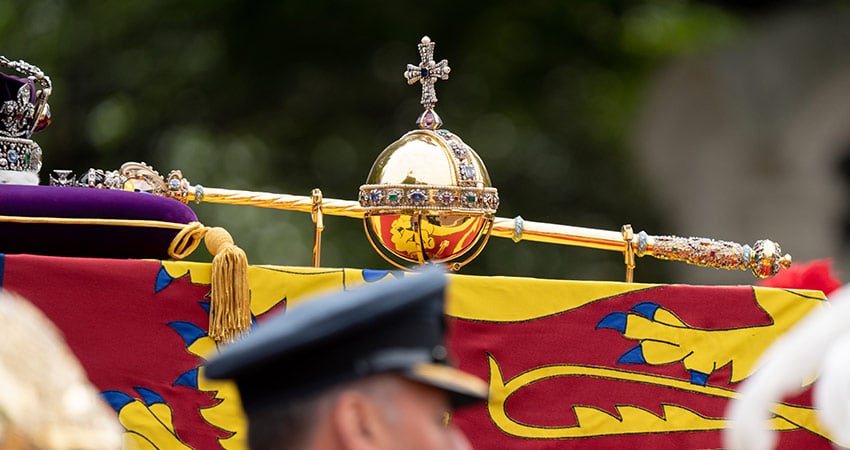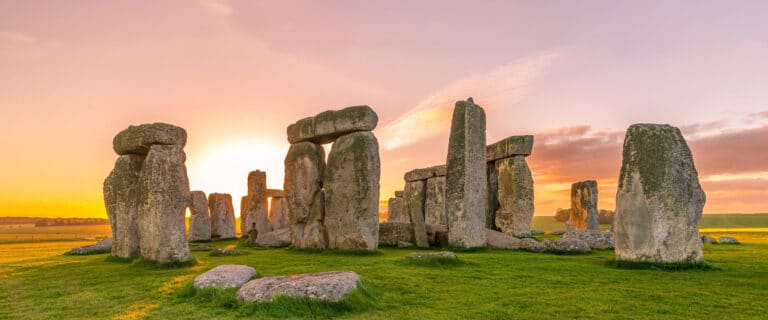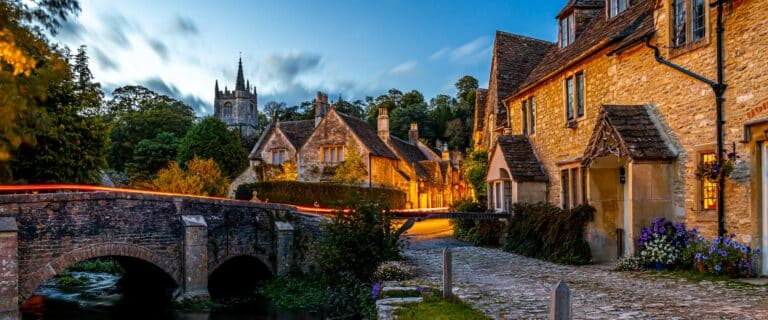When it comes to sacred objects, spectacle, and mysterious coronation ceremonies, the British monarchy has it all. King Charles III will officially be recognized as monarch on May 6, 2023 in Westminster Abbey. At the same time, he will also be anointed as the head of the Church of England.
During the past 1,000 years, the magical objects used during coronation have been stolen, melted down, pawned, taken apart, reassembled, hidden in a cookie tin, lost in quicksand, and then found again. But the ceremony continues, and the objects carry an aura of power.
The Crown Jewels
The Crown Jewels have been tucked away inside the Tower of London since the 17th century, and the Coronation Regalia is considered to be the heart and soul of the collection. (The last time they were used was during Queen Elizabeth II’s assumption in 1953.) It includes the Sovereign’s Sceptre with Cross, the Sovereign’s Orb, and the Coronation Spoon.
Britain is the only monarchy in Europe that still uses its regalia during a crowning ceremony. The first English monarch, William I, came to the throne on Christmas day in 1066. He was crowned in Westminster Abbey, just as Charles III will be. The Coronation Chair has been used since 1300.
The Coronation Spoon and Ampulla
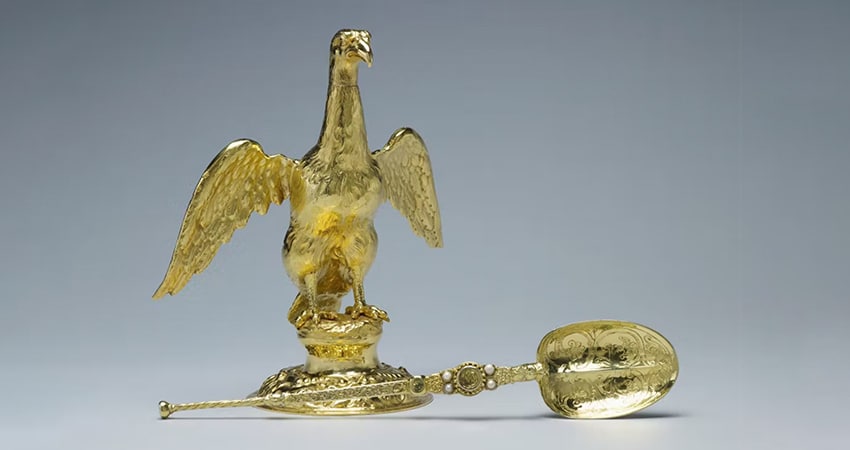
The Spoon is the oldest piece in the Regalia, dating from the late 12th century. It is engraved, 10 ½ inches long, gilded with silver, and is set with four pearls. The spoon is filled with holy oil and is used to anoint the new king or queen. It is believed that this fills the new monarch with the spirit of God. This ritual came from the Saxon chieftains who were anointed with oil from a horn.
This part of the ceremony is considered to be extremely sacred, as the spirit of God moves into the new monarch, and it was hidden from cameras during Queen Elizabeth II’s coronation ceremony. During the English Civil Wars, 1642 – 1651, the monarchy was abolished. The spoon was saved, and it was bought for 16 shillings by a gentleman who’d been in charge of Charles I’s wardrobe. He returned the spoon to Charles II during the English Restoration.
During the coronation oath, the Archbishop of Canterbury anoints the new monarch’s hands, breast, and head with oil. It is poured from the ampulla into the spoon. The ampulla, created in 1661, is a golden flask shaped like an eagle.
Coronation Ring
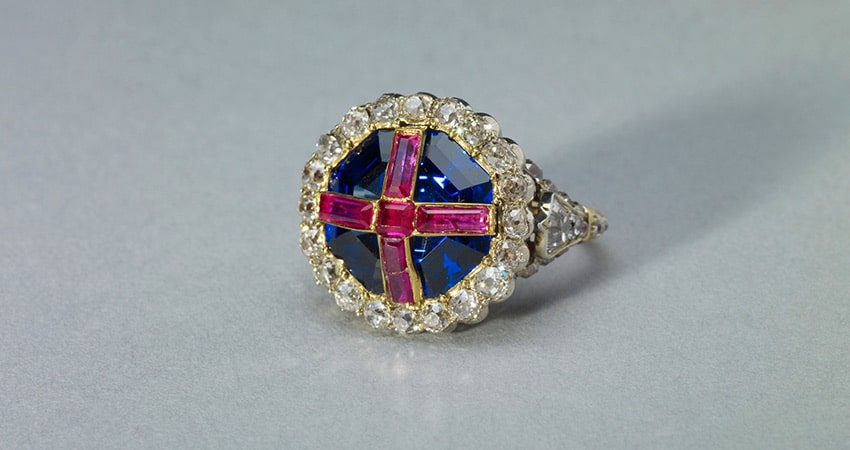
The coronation ring, dating from 1831, represents dignity. It is placed on the new Sovereign’s right hand, and the sceptres are then given to him or her. The sceptre adorned with a dove is called the Rod of Equity and Mercy—it is symbolic of the Sovereign’s spiritual role. The sceptre with a cross symbolizes his power on earth, in the fullness of his time.
The Sovereign’s Sceptre with Cross
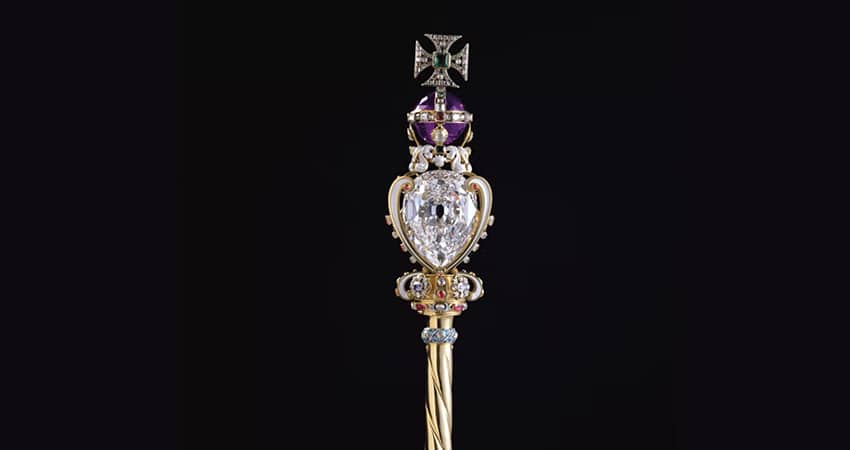
During the ceremony, the Bishop of Canterbury gives the sceptre to the new king or queen, and says, “Receive the rod of Equity and Mercy. Be so merciful that you be not too remiss; so execute justice that you forget not mercy. Punish the wicked, protect and cherish the just, and lead your people in the way wherein they should go.”
Over time, monarchs have added to the sceptre. George IV added a rose, thistle, and shamrock to represent England, Scotland, and Ireland. George V added an extravagant diamond, the Great Star of Africa; it is the largest clear diamond in the world.
The Imperial State Crown
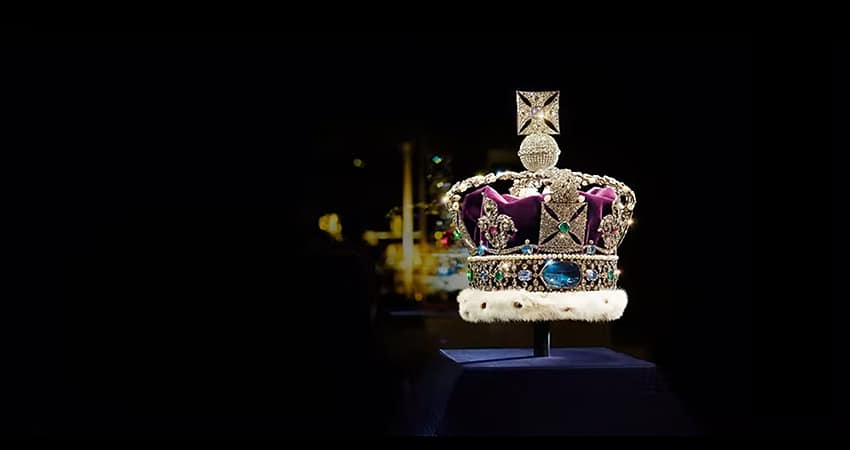
This is the crown worn by the monarch as they leave Westminster Abbey after the ceremony. It may also be worn during the opening of Parliament. The crown, which Queen Elizabeth called unwieldy, has 2,868 diamonds, 17 sapphires, 11 emeralds, four rubies, 269 pearls, and weighs about 2.5 pounds. Henry V wore the Black Prince’s Ruby at the 1415 Battle of Agincourt.
St. Edward’s Crown
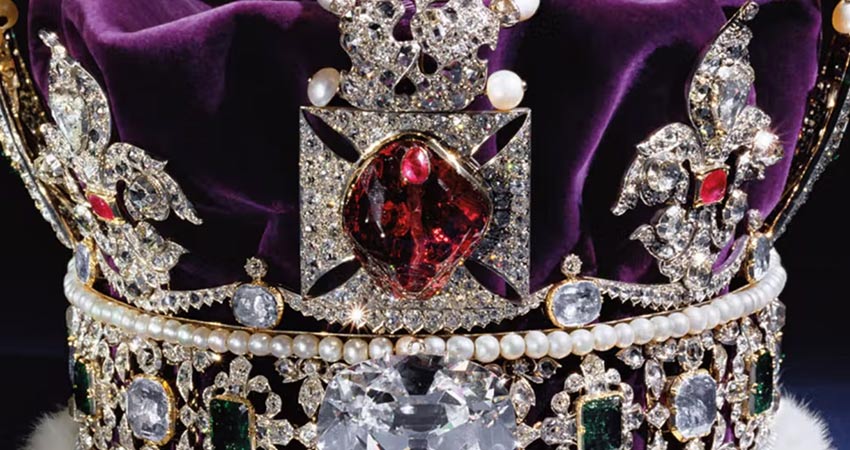
St. Edward’s Crown was made in 1661 for Charles II. Called the Coronation Crown of England, it is fashioned from solid gold, has an ermine band, and is set with 444 semi-precious gems. St. Edward’s Crown is used only during the moment of coronation. At all other times it is on display in the Tower of London. The climax of the entire ceremony comes when the Archbishop of Canterbury places St. Edward’s Crown on the Sovereign’s head.
In 1671 a Parliamentarian, Thomas Blood, hammered the crown with a mallet and jammed it under his cloak, in an attempt to steal it. Blood was stopped, the crown was repaired, and Blood was pardoned.
The Sovereign’s Orb
The Orb, which represents Christian sovereignty, is set upon the Sovereign’s right hand. Created for Charles II in 1661, it is set with precious gems and pearls. After being placed in the palm of the hand, it is returned to the altar. It is made of gold and has jeweled bands that circle it. These bands divide it into three—the number of continents that were known at the time.
Edward the Confessor, King of England during the 11th century, left the symbols of his royalty in Westminster Abbey to keep them safe. He is probably the first monarch to begin putting together a collection of objects that symbolized royal power. To witness a British coronation is to be part of European history!
Any visit to London should include the Tower of London and Westminster Abbey. Ask your Destination Expert to make living history part of your travel plans.


